I wanted to share this wonderful article from Mary Gorman on TheKitchn.com. I met her last November in NY where we talked about Tempra Tantrum. I really enjoyed talking to her about the wines, the vineyard, the winery, the philosophy behind the wines, etc. I had a very nice time as she is very insightful, professional and wine knowledgeable!! Thanks, Mary, for this beautiful article!
You can also click here to read the article on the website.
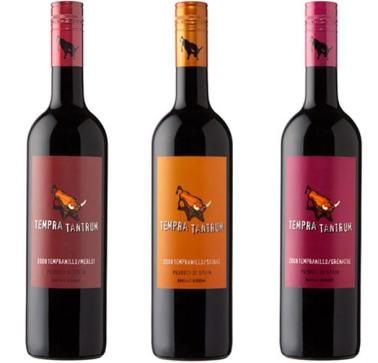
Tempra Tantrum – modern, confident, daring, and at $10 – great value! This is the name of a range of easy-drinking red wines from Castilla in the heart of Central Spain, the Spain of Don Quixote.
I first tasted these wines in November 2009, when I met with winemaker Rocio Osborne in New York. From the get-go I loved the look – vibrant earthy red, orange, maroon, and puce labeling gave each wine a distinctive look. The name Tempra Tantrum is derived from ‘Tempranillo’ – Spain’s most renowned grape variety. Each Tempra Tantrum wine is a blend of Tempranillo and one other variety. These are Grenache, Cabernet Sauvignon, Merlot and Shiraz.
I have to admit I was a little skeptical at first, wondering whether this was just another edgy label, masking a pretty ordinary wine. My concerns were unfounded. As I chatted to Rocio, her passion and dynamism lit up the room. She talked energetically about work in the vineyards, which are cultivated sustainably. Rocio is determined to become fully organic, which should be possible given the dry Mediterranean climate of the region. Tasting the four wines I was particularly struck by how well balanced each wine was, marrying ripe, vibrant fruit flavors with freshness, and a sense of place.
Rocio’s wines are all labeled with the appellation VT de Castilla (Vino de la Tierra de Castilla). The area of Castilla is in La Mancha, home to almost two thirds of Spain’s vineyards. For these wines Rocio has deliberately chosen to work outside the official DO system of the region because it gives her a lot more freedom and flexibility regarding which grape varieties to plant, how to cultivate the vines and how to make the wine.
La Mancha is a hot, arid region traditionally not known for high quality wine. However, over the past decade an unstoppable transformation has been happening. Forward thinking, passionate, quality conscious producers like Rocio, have stepped up the ambition level tremendously. Many are focusing on varietal wines, and international varieties. They have invested significantly in improving the vineyards, and dramatically changed the focus from quantity to quality.
Rocio pointed out as we talked “It is not one major thing that has made the difference, it is the attention to hundreds of small details that create change.” To which I would agree.
Tempra Tantrum WinesWhile each of the four wines, could be sipped on its own, at home or with friends in a bar, they are also very food-friendly. As I read through the Kitchn posts last week, I particularly thought that Emily’s post on roasted almonds with orange and paprika would make a fantastic partner. Likewise, many of the nine pizzas that Emma talked about in her Friday post would be excellent to nibble on while sipping any of the four wines
Most importantly, these wines are great value at $10.00 / bottle.
• 2008 Tempranillo/ Grenache, VT de Castilla, Spain – Delicate and perfumed nose, raspberry, cranberry, cherry and sweet spices. Lively flavors and soft, juicy tannins. Real easy to drink. Great with aged Manchego or other hard cheeses, chorizo, arancini di riso, sardine toasts or simple pasta dishes
• 2008 Tempranillo / Merlot, VT de Castilla, Spain – Darker, more plummy aromas, with notes of mocha, espresso and spice. Lush tannins and ripe juicy flavors. Try with lasagna, paella, stuffed portabello mushrooms or an aged Gouda cheese.
• 2008 Tempranillo / Cabernet Sauvignon, VT de Castilla, Spain – Classic cassis and blackberry aromas, with earthy, peppery notes. Vibrant flavors, ripe but slightly firmer tannins. Would work well with a beef stew, roasted eggplant, vegetarian chili or marinated flank steak.
• 2008 Tempranillo / Shiraz, VT de Castilla, Spain – Lots of spice, pepper and black fruit aromas with leathery, spicy hints. Rich, smooth mouthfeel, yet fresh with lingering vibrant fruit. Great with lamb kebabs, beef burger & fries, pasta with a puttanesca sauce or short ribs.
Until next week enjoy!
Mary Gorman-McAdams, DWS, is a New York based wine educator, freelance writer and consultant. She hold the Diploma in Wine & Spirits from the Wine and Spirits Education Trust (WSET), and is a candidate in the Master of Wine Program
Have a good weekend!!
-Rocio



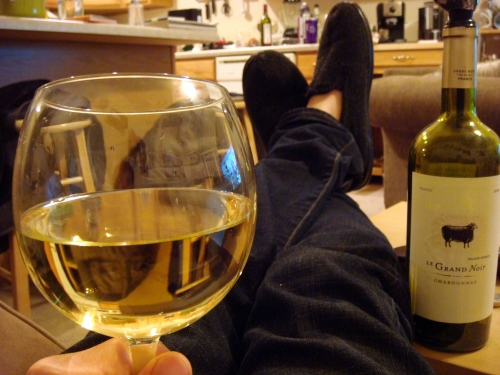
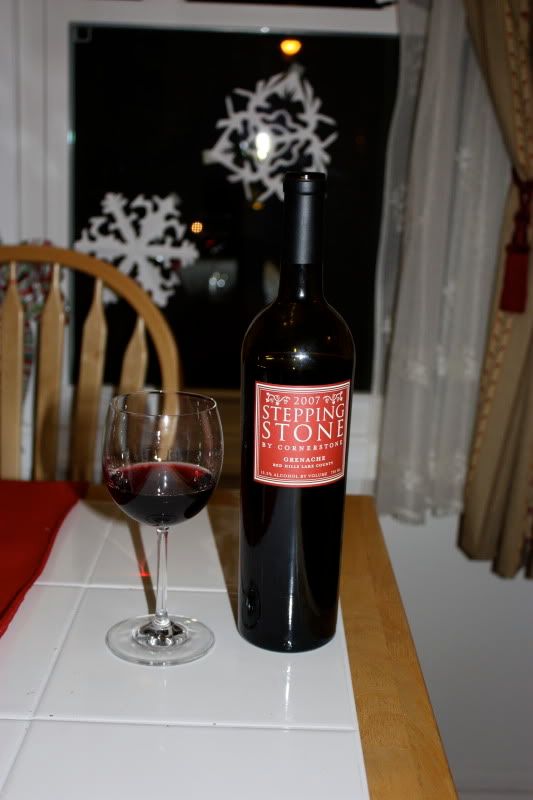
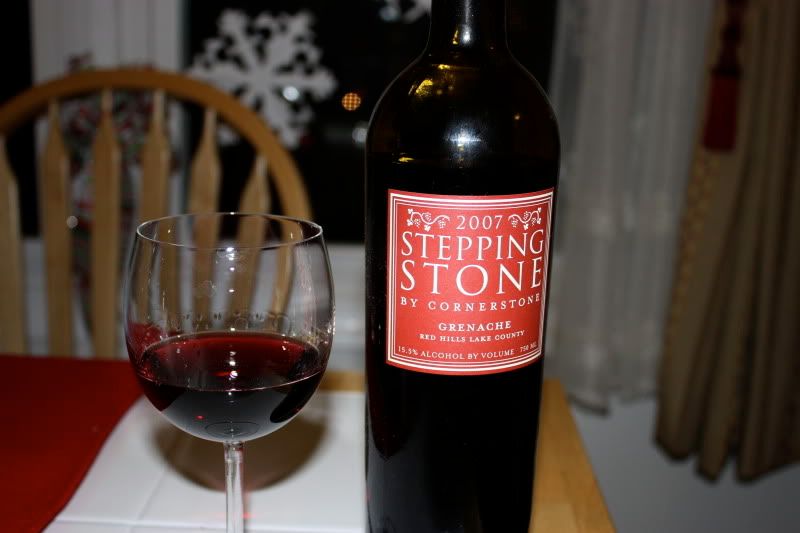

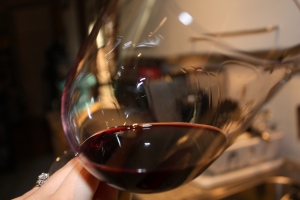

 y wife and I are currently planning a summer road trip down to California wine country. We’re planning to drive down, spend around 5 days exploring, and then drive home.
y wife and I are currently planning a summer road trip down to California wine country. We’re planning to drive down, spend around 5 days exploring, and then drive home.
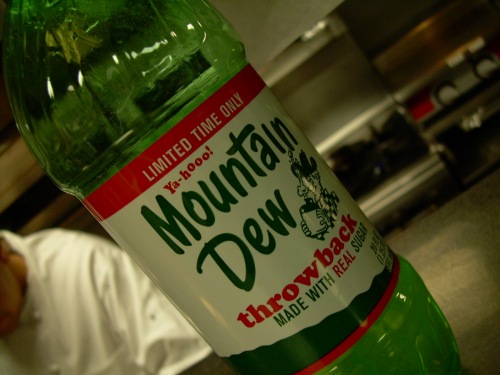
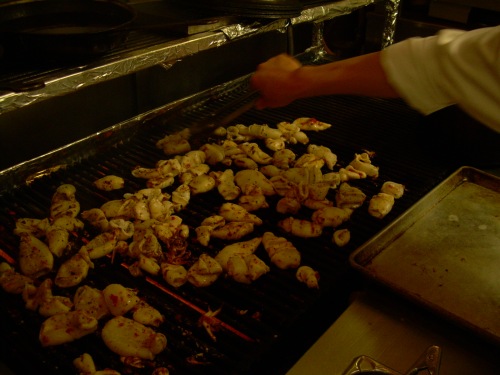
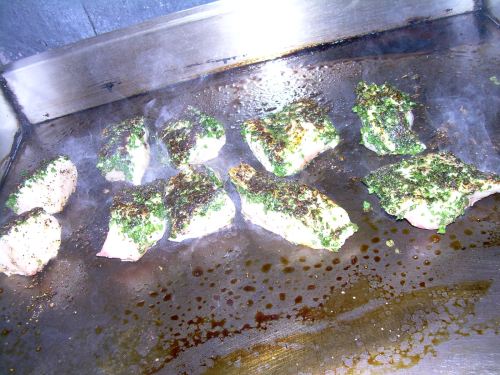
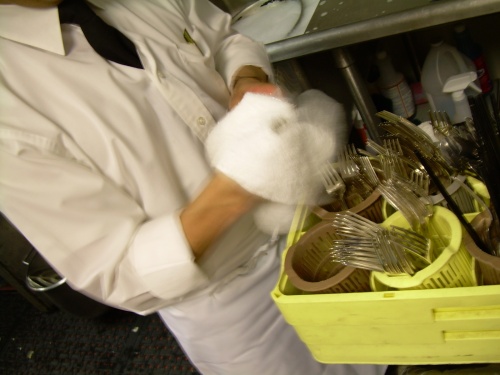

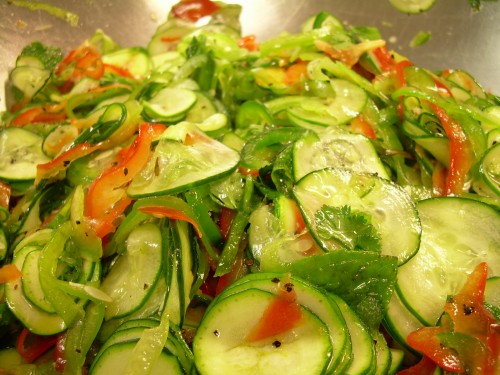

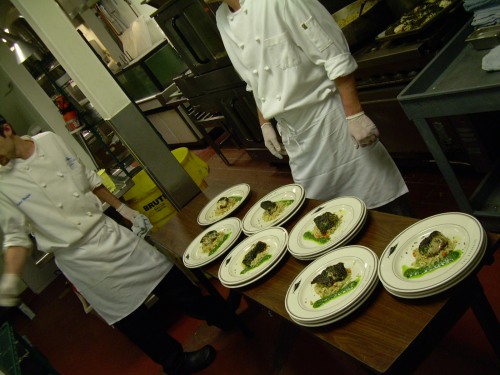
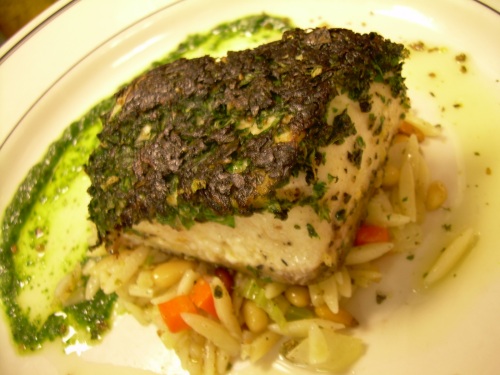

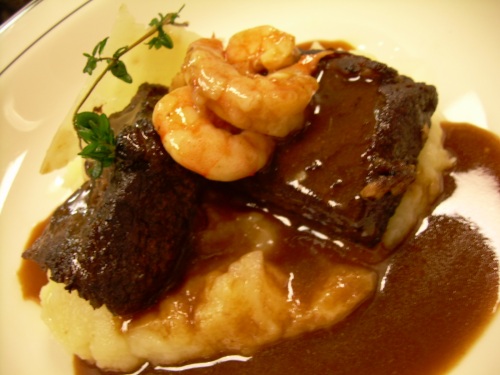 4th Course… “The main event” Braised 100 hills Short Ribs, Butter Poached Laughing Bird Shrimp, Skordalia
4th Course… “The main event” Braised 100 hills Short Ribs, Butter Poached Laughing Bird Shrimp, Skordalia

 Recently I had the pleasure of touring the soon to be unveiled event space at Afton Mountain Vineyards with Andrea Saathoff of Albemarle Vintage Limousine. The newest jewel in Charlottesville’s crown of wineries which allow events on site, Afton Mountain Vineyards looks forward to opening it’s doors to many couples in the year to come.
Recently I had the pleasure of touring the soon to be unveiled event space at Afton Mountain Vineyards with Andrea Saathoff of Albemarle Vintage Limousine. The newest jewel in Charlottesville’s crown of wineries which allow events on site, Afton Mountain Vineyards looks forward to opening it’s doors to many couples in the year to come.























 Portugizac is an unpretentious, early-drinking, light and fruity wine meant to be consumed within 6 months. It displays fresh, clean aromas and flavors that are reminiscent of black cherries and raspberries. It is a high acid, food-friendly wine with gentle, round tannins and sometimes a slightly bitter finish. Simple and friendly, sort of like Beaujolais Nouveau.
Portugizac is an unpretentious, early-drinking, light and fruity wine meant to be consumed within 6 months. It displays fresh, clean aromas and flavors that are reminiscent of black cherries and raspberries. It is a high acid, food-friendly wine with gentle, round tannins and sometimes a slightly bitter finish. Simple and friendly, sort of like Beaujolais Nouveau. 
 So I turned around and drove back to the Korak winery, which I had visited earlier in the day and where I knew there had to be a few bottles of Portugizac lurking.
So I turned around and drove back to the Korak winery, which I had visited earlier in the day and where I knew there had to be a few bottles of Portugizac lurking.  Ah, the things you discover and experience when you have a rare occasion to change course, stop a moment, and forget where you were going in the first place….
Ah, the things you discover and experience when you have a rare occasion to change course, stop a moment, and forget where you were going in the first place….